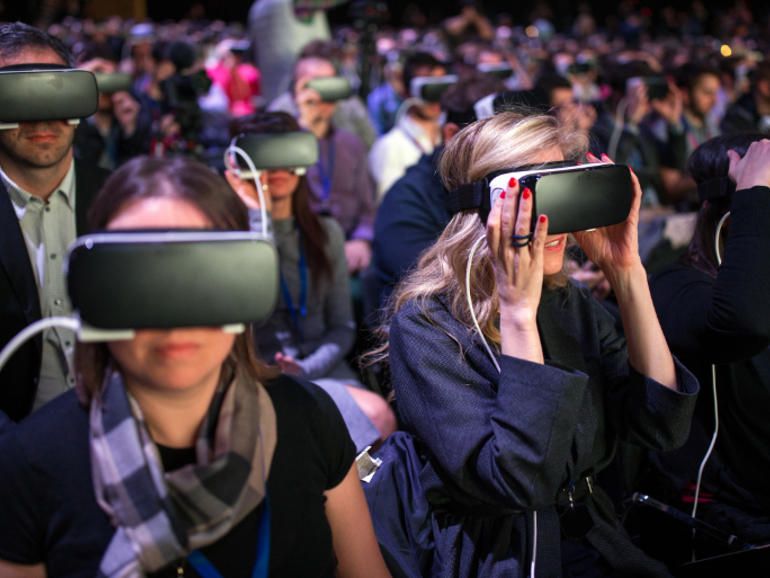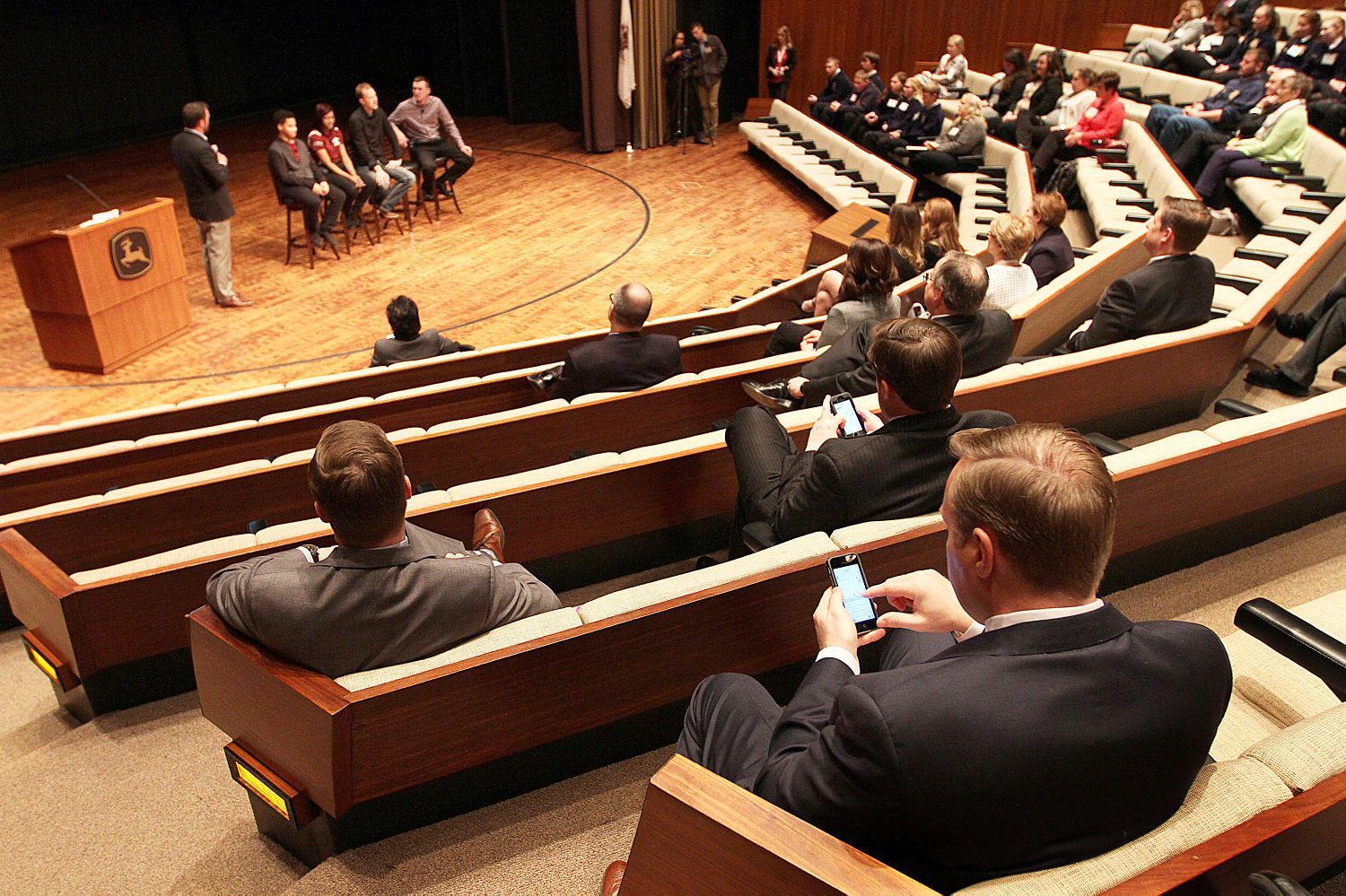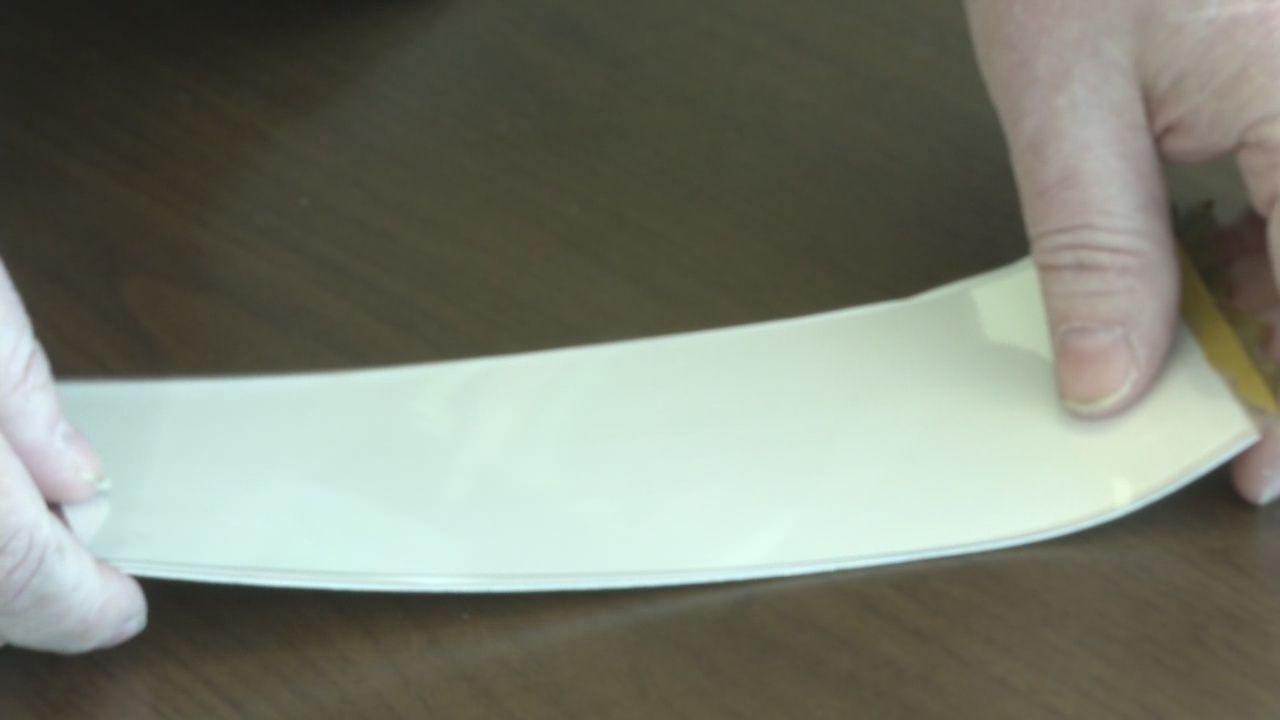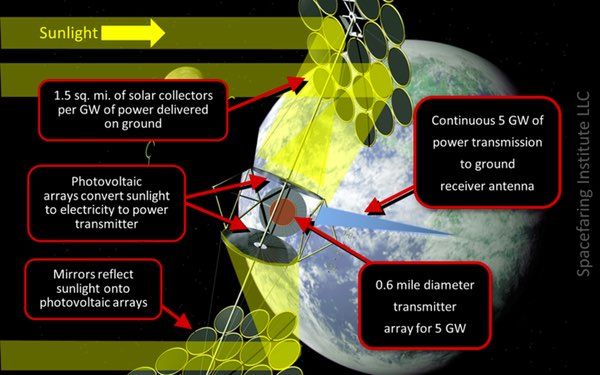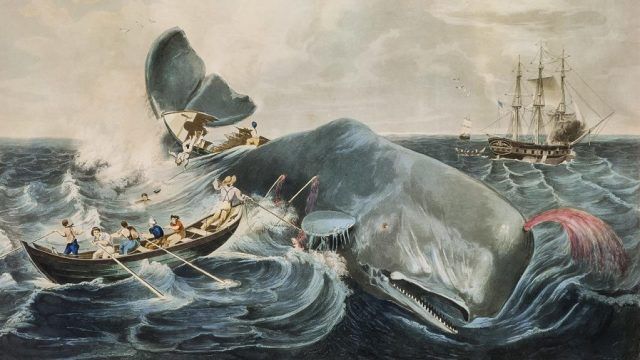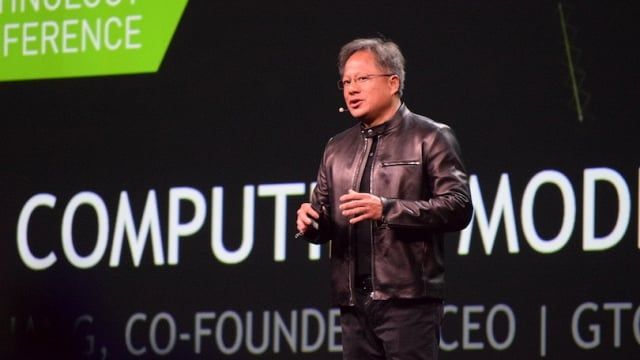Page 11592
Apr 5, 2016
Virtual reality helps farmers connect to kids, public
Posted by Karen Hurst in categories: education, food, internet, robotics/AI, sustainability, virtual reality
I expect education to be taught more through VR & AI. I know as a kid, my own elementary, Jr High/ Middle School, and HS experience was pretty mundane and boring at times. By having VR & AI technologies to enable the catering/ customizing of education to the student’s needs and pace will be awesome.
Virtual reality on a Nebraska farm tour combined with a live audience made for a first-time event Tuesday at Deere & Co. headquarters, Moline.
Designed to highlight innovation behind sustainable food production, the web broadcast may have originated in Moline, but it was seen online by 37,000 high school students in the United States.
Continue reading “Virtual reality helps farmers connect to kids, public” »
Apr 5, 2016
DNV GL to Validate ARPA-E ‘Internet of Energy’ Microgrid in Texas
Posted by Karen Hurst in categories: energy, internet
BURLINGTON, MA—(Marketwired — Apr 5, 2016)
DNV GL, the world’s largest resource of independent energy experts and certification, together with its partners, Group NIRE and Geli (Growing Energy Labs, Inc.), will produce and operate an Internet of Energy (IoEn) platform integrating the management of up to 100 distributed energy resources (DER).
The award, DNV GL’s third from ARPA-E, is one of twelve new projects in the Department of Energy’s Network Optimized Distributed Energy Systems (NODES) program announced in December.
Continue reading “DNV GL to Validate ARPA-E ‘Internet of Energy’ Microgrid in Texas” »
Apr 5, 2016
Singapore is the most future-ready economy in APAC
Posted by Karen Hurst in categories: economics, futurism
Worldwide, the Lion City came in third, behind San Jose and San Francisco, evaluated on three dimensions — human capital being one.
Apr 5, 2016
Nano-technology patch could help manage diabetes, treat allergies
Posted by Karen Hurst in categories: biotech/medical, nanotechnology
Nice
BUFFALO, N.Y. (WIVB) – The number of people being diagnosed with diabetes is growing. Every third American adult will develop type 2 diabetes within the next 35 years. But there may be a new way to manage the illness.
A new device might make managing your insulin levels or even treating allergies virtually painless. We know Western New York is becoming a hub for nano-medicine. Now a local organization is on the front lines of whats called nano- patch technology.
Continue reading “Nano-technology patch could help manage diabetes, treat allergies” »
Apr 5, 2016
Say Goodbye to Washing Machines
Posted by Karen Hurst in categories: materials, nanotechnology
New nanostructure material that self cleans. No more need for washing clothes and other fabrics.
A spot of sunshine is all it could take to get your washing done, thanks to pioneering nano research into self-cleaning textiles.
Apr 5, 2016
Federal legislation to jumpstart space solar power
Posted by Karen Hurst in categories: climatology, economics, food, government, law, nuclear energy, security, solar power, space, sustainability
The United States is transitioning from a primary reliance on fossil fuels to greater use of sustainable natural and nuclear energy sources. There are two reasons for this transition. The first reason is that the abnormally high and increasing level of atmospheric carbon dioxide has created scientific uncertainty and concern as to the detrimental impact this may have on the environment and, consequentially, human civilization. Almost certainly, this abnormal level is due to anthropogenic causes linked to the tremendous expansion in the human population since the early 1700s, the growth of human civilization (e.g., agriculture and industrialization), and the increasing use of fossil fuels. Although fossil fuels have enabled worldwide progress in elevating the standard of living, most of the world’s nations have reached the conclusion that the world should transition entirely to sustainable energy by 2100 (see “The Paris climate agreement and space solar power”, The Space Review, February 29, 2016). It is, however, very important to manage this transition carefully to avoid economic hardship or energy deprivation.
While the United States has large remaining fossil fuel resources, only some are technically recoverable with current safe, legal, and profitable extraction methods. The remaining known and yet-to-be-discovered domestic technically recoverable fossil fuels are inadequate to sustain US fossil fuel energy needs to the end of this century, especially given likely continued immigration-driven US population growth (see “US fossil fuel energy insecurity and space solar power”, The Space Review, March 7, 2016). While the United States has an ethical environmental obligation to end its use of fossil fuels by the end of the century, the reality of having inadequate oil and natural gas resources makes the urgency of transitioning successfully to new sustainable energy sources a clear matter of national energy security. This warrants federal government leadership and strong American private sector engagement.
Unfortunately, due to its large and growing population and per capita energy needs, the United States lacks sufficient suitable land to utilize terrestrial renewable energy to replace fossil fuels. (see “US terrestrial non-fossil fuel energy vs. space solar power”, The Space Review, March 14, 2016). While the United States will utilize terrestrial domestic renewable energy to the extent it is politically acceptable, many factors will likely limit their scale-up. The expansion of nuclear fission energy is also not a satisfactory approach, given the large number of reactors needed. These factors lead to the conclusion that only space-based sustainable energy, such as space solar power, will enable the United States to practically transition away from fossil fuels.
Apr 5, 2016
Sydney’s Future Zoo Wants To Use Augmented Reality, Robots And Drones
Posted by Karen Hurst in categories: augmented reality, drones, robotics/AI
Western Sydney University (WSU) and Sydney Zoo are collaborating with the goal to deliver “one of the most technologically advanced wildlife experiences in the world” with the assistance of a hackathon.
Speaking with Gizmodo Don Wright, Manager of WSU’s “Launch Pad” program and Zoo Hackathon Coordinator, revealed the possibilities for technology use within the zoo. We’re talking everything from augmented reality to cheetahs chasing drones.
Image: Shutterstock.
Continue reading “Sydney’s Future Zoo Wants To Use Augmented Reality, Robots And Drones” »
Apr 5, 2016
Virtual Reality is going to revolutionize real estate
Posted by Karen Hurst in categories: habitats, virtual reality
I will be surprised if no one isn’t already adopting this technology in the commercial & residential real estate industry as well as for REITs especially for enabling investors & insurers to assess property remotely. We’re already seeing the technology leveraged in the hospitality & travel industry currently.
The realization of Virtual Reality (VR) is set to have a big impact on real estate, offering buyers a revolutionary new way to view properties they’re interested in.

Continue reading “Virtual Reality is going to revolutionize real estate” »
Apr 5, 2016
Nvidia Unveils New Supercomputers and AI Algorithms
Posted by Karen Hurst in categories: information science, robotics/AI, space travel, supercomputing, virtual reality
Big day for Nvidia with announcements on AI and VR.
The first day of the company’s GPU Technology Conference was chock full of self-driving cars, trips to Mars, and more.
